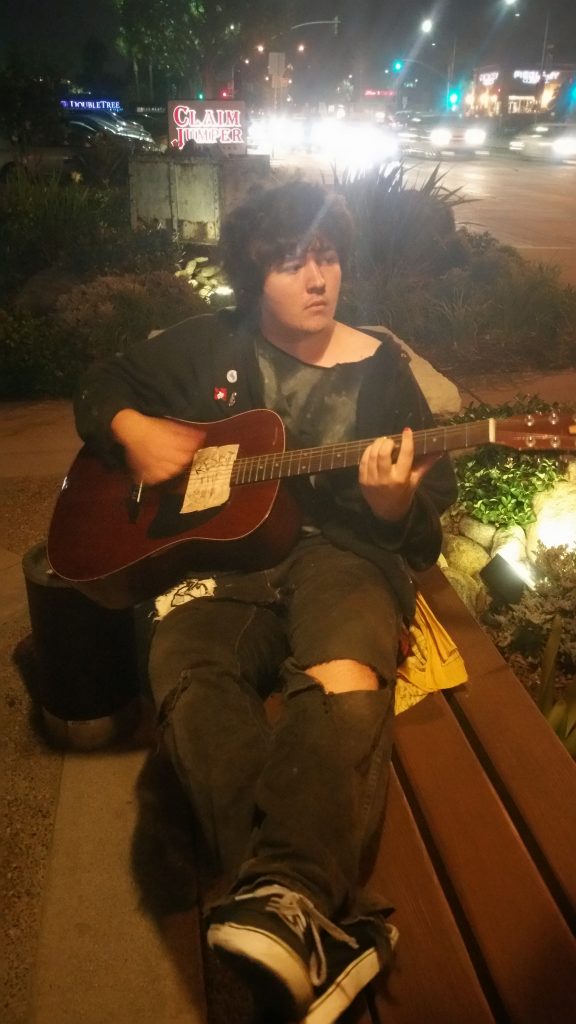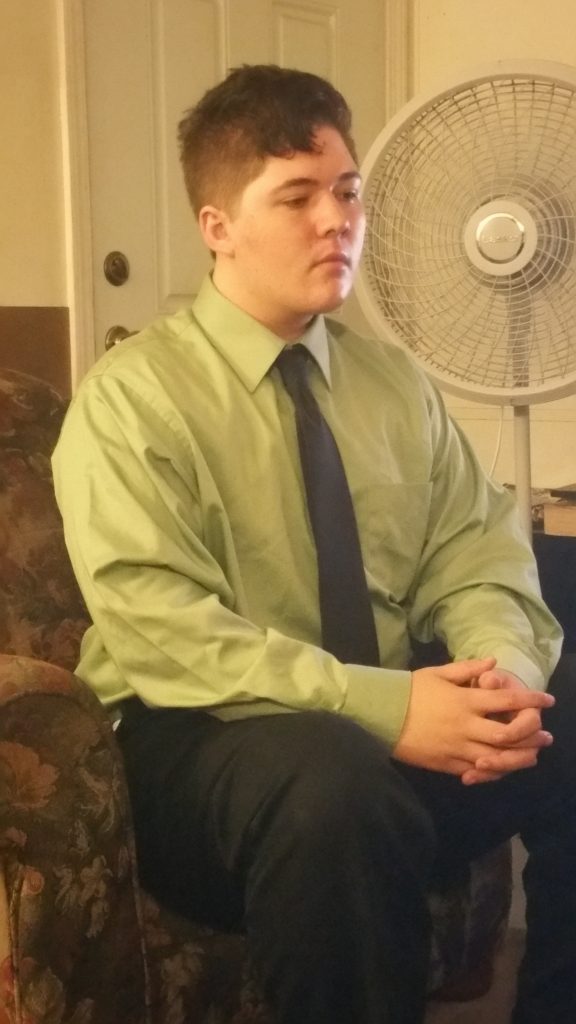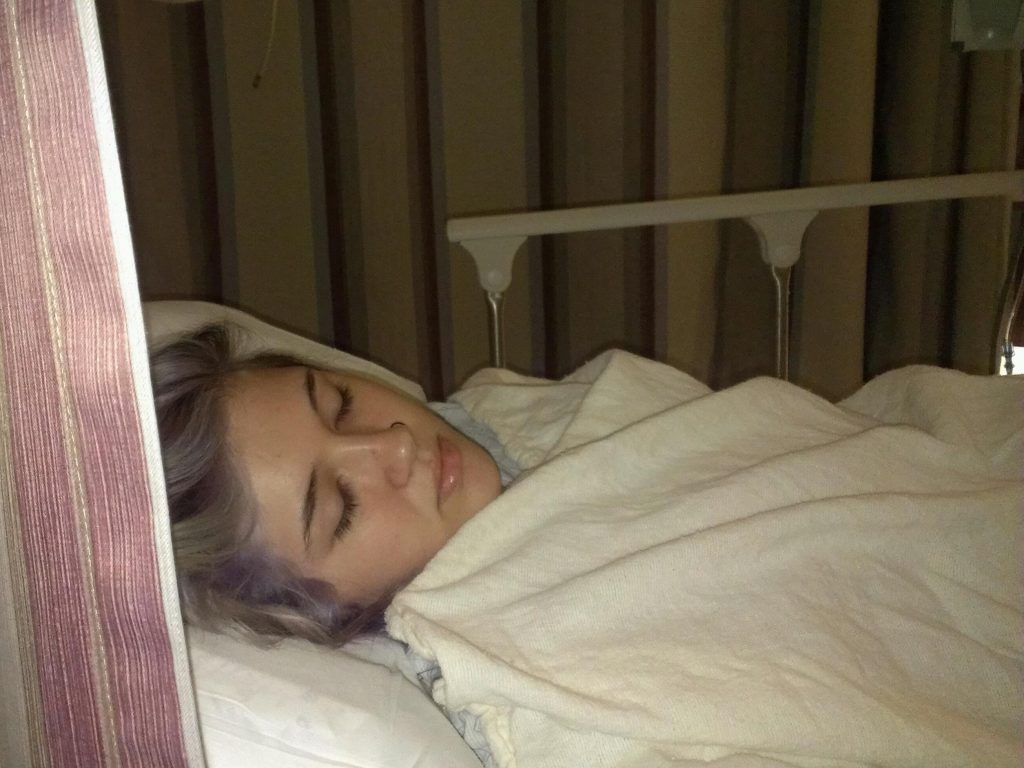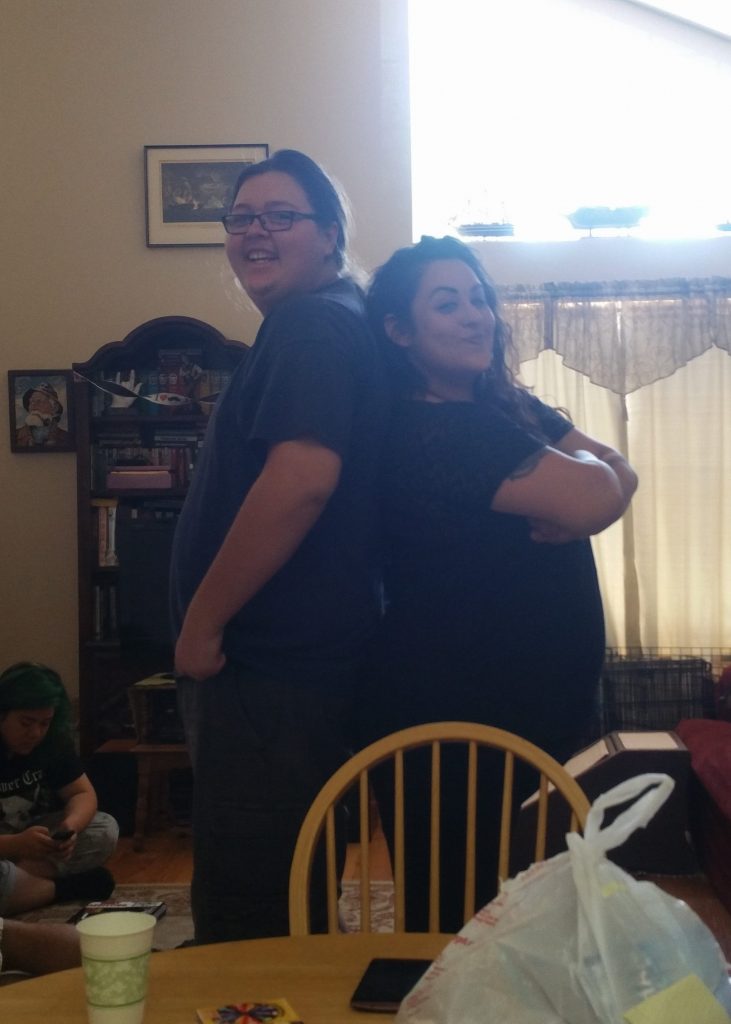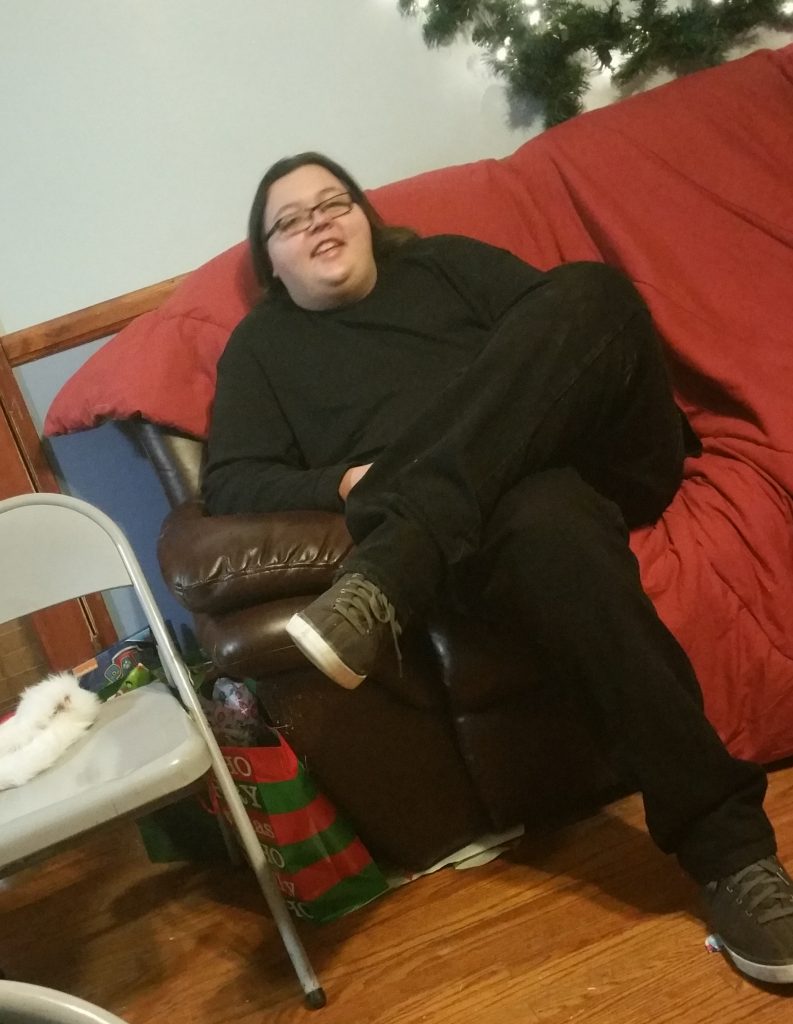Pomona has a problem.
Pomona, California, a primarily Hispanic, moderately sized suburban city 35 miles east of Los Angeles, has a problem with high crime (more than 10% greater than the national average), an increasing homeless population, and growing unemployment (“Living In Pomona, CA – Pomona Livability Score,” 2013).
Contributing to these issues are the high cost of living and overcrowded classrooms. With student to teacher ratios nearly double the national average, taking the time to teach something as abstract as emotional response doesn’t fit into most school’s schedules, schools that focus more on teaching children how to take a test than how to survive real-world situations. Unfortunately, the results of not teaching empathy and interpersonal communications only contributes to increased dropout rates, high crime, homelessness, and unemployment.
It becomes a vicious circle of despair.
Dirty Jobs star Mike Rowe states that ”We’re churning out a generation of poorly educated people with no skill, no ambition, no guidance, and no realistic expectations of what it means to go to work” (Rowe, 2015). Although Rowe was discussing work ethics, the sentiment could be reflected of our current local, regional, and national state of education. We are failing our children by not preparing them for life beyond the classroom. And if you happen to be one of the rising number of teenagers suffering from depression, you will be even less prepared as the majority of public schools simply lump all students with no physical disability into one large group.
Statistics About Mental Health
(information provided by NAMI: National Alliance on Mental Illness unless otherwise noted)

- “Approximately 50% of students age 14 and older with a mental illness drop out of high school” (U. S. Department of Education, 2014).
- An estimated 90% of youth who died by suicide suffered from mental illness. Suicide is the number three cause of youth deaths.
- 50% of mentally ill patients began displaying symptoms at 14
- “Depression is the leading cause of disability worldwide”
Why is this issue important?
The stigma associated with depression and mental health issues is usually viewed as personal or a private matter, the type of subject that isn’t talked about in polite company. “Students who are depressed tend to withdraw and vanish rather than to ask for help” (Adams, 2015). Maybe it’s time to stop being so polite.
I can’t help but agree with World Health Organization’s Family, Women, and Children’s Health assistant director Dr. Flavia Bustreo who says “… if adolescents with mental health problems get the care they need, this can prevent deaths and avoid suffering throughout life” (2014).
My Personal Journey
Christian
When my son, Christian, was 11 we took him to a psychiatrist to have him tested for a potential learning disorder. Had his doctor properly diagnosed him then, we could have saved four years of anguish trying to figure out why a simply case of ADHD was manifesting so strangely.
When Christian was 15, a sophomore in high school, I watched his life start to unravel. He started losing weight. He moped around. His skateboard sat in the corner collecting dust. Things that used to be enjoyable didn’t seem to hold his interest anymore. After three years as second chair cellist for his junior and high school orchestras, he stopped playing. All of the signs were there, and I missed them.
Again, we took him to a psychiatrist for testing. This time, the results were different.
General anxiety disorder. Major depressive disorder. These are terms that you never expect to hear a doctor say about your child. When you hear those words, you want to believe that this is all a dream—a nightmare—and you’re going to wake up and your kid will be “normal”.
That’s when I started reading. A lot. I wanted to know how to treat my child. Should I treat him differently? What should I expect from his behavior? There are so many things that no one tells you.
Jordan
Having experienced my son’s quagmire of anguish, I was not prepared for a repeat performance. This time, it was his sister. Let me tell you, nothing can prepare you for the phone call from the school informing you that your 14 year old daughter is in the office awaiting an ambulance that will take her to a hospital for a mandatory 72-hour hold—that’s what they refer to as a 5150, by the way. She was being committed to a hospital not because she tried to hurt herself or someone else, but because she stated that if she were to commit suicide, she knew exactly how and where she would do it.
Believe me. There is no way to prepare yourself to follow an ambulance carrying your perfectly healthy child to a hospital where she can get the care she desperately needs.
Again, I missed all the clues.
The State of Education
Both of my children attended the same public high school. A huge, sprawling campus jam packed with almost 2000 students. Each of them would come home and tell me the same thing: they didn’t belong, they didn’t fit in, the teachers didn’t pay attention to them unless they did something wrong. “Depression is a real disability that needs to be accommodated, in the same way we accommodate students who use wheelchairs or have vision impairments” (Adams, 2015).
In essence, the school system failed them. I’m not sure what I expected, but in a school with five vice principals to handle the wealth of students, I expected more. The one thing that they did provide was additional testing … for learning disabilities. They’re smart. They don’t have learning disabilities. They have a mental illness and the school staff and students were ill equipped to handle that. I couldn’t help but wonder how many other students “didn’t fit in”.
Having two children with mental illness (depression, anxiety, and ADHD) gives me an interesting insight. I’ve been able to compare their progress as one chose medication and the other refused. Because of the sheer volume of school that they were missing, I had no choice but to remove them from their regular classroom and switch them to alternative education. Christian, who tried medications, but didn’t like the way they made him feel, chose to stay within the same school district, but move to an in-home classroom environment. Jordan, who responded well to Adderall, had to be removed from the school district and into a charter school. Her new arts-based school has an entire student body of 217. With a combination of a new educational environment—a school where the staff not only knows her name, but is preparing her for college—and medication, Jordan has seen her grades move from Cs and Ds to As and Bs. Her new school offers peer counseling and has very strict rules regarding attitudes about mental and physical disabilities. More schools should take this approach rather than remaining hands-off when it comes to the tough stuff.
Sadly, Christian became a statistic commonly seen in depressed teenagers: he dropped out of high school.
But, wait, there’s more: An update
One thing that seems to be forgotten on this journey is that I have three children, not two. Dakota is smack in the middle between his brother and sister. Although he doesn’t suffer the mental health issues of his siblings, he has had to be the rock that holds steady; and at nearly 6’5″, he’s doing a great job.
As with any good story, there is good and bad. Since originally publishing this page there have been some changes. In early 2015, after nearly 4 years of a toxic relationship, Christian and his girlfriend broke up in a most spectacular way. The toll on him was devastating. He sunk into a depression so intense that he had himself committed after taking a very large overdose of acetaminophen, which can do permanent damage to the liver. He spent nearly 10 days in the hospital before doctors felt secure enough to authorize his release. Now, at nearly 20, he’s teetering on the cusp of alcoholism and exploring self-harm. As a parent, I fear for his physical and mental health.
Jordan, on the other hand, has decided on a career as a mortician and is looking forward to attending college in just a very short while. Her behavior has been risky at times, but she has successfully weaned herself off of all medications and now has better control of her environment.
Taking Steps for Change
As citizens of Pomona, I have watched mainstream schools fail my children when it came to their mental health they could not succeed academically. Both of my children could have slipped through the cracks and become statistics if I hadn’t taken action. A lot of parents wouldn’t have gone to the lengths that I did (changing schools) to ensure academic success for my children; they might have just told their children to “suck it up” or “deal with it”.

Victoria (diagnosis bipolar disorder, age 9) and Christian (diagnosis depression, anxiety, ADHD, age 11)
From experience in my local school system, mental illness and depression are not treated as disabilities. At least not at the junior high and high school level. Colleges, on the other hand, make a concerted effort to reach out and offer resources to students to help them cope with these very real issues. Offering these resources earlier–before college–may give students more of an advantage than currently faced.
If society had a better understanding of mental illness and reached out to victims rather than pushing them away the dropout and suicide rates would significantly decrease. And, since the dropout rate can lead to unemployment, which can eventually lead to homelessness, hopelessness, and helplessness.
More Information
Resources providing more information on depression and mental illness include National Alliance on Mental Illness and National Institute of Mental Health.
Find an interactive presentation on this sensitive yet important subject here: Faces of Depression.
References
Adams, R. (2015, June 1). Essay about teaching students who appear to suffer from depression but don’t seek help. Retrieved September 6, 2015, from https://www.insidehighered.com/views/2015/06/01/essay-about-teaching-students-who-appear-suffer-depression-dont-seek-help
Family, Women, and Children’s Health, WHO. (2014, May). WHO calls for stronger focus on adolescent health [Press release].
Living In Pomona, CA – Pomona Livability Score. (2013). Retrieved September 5, 2015, from http://www.areavibes.com/pomona-ca/livability/
NAMI: National Alliance on Mental Illness. (2015). Mental Health By the Numbers. Retrieved September 4, 2015, from https://www.nami.org/Learn-More/Mental-Health-By-the-Numbers
Rowe, M. (2015, June 7). Hey Mike Your constant harping on “work ethic” is growing tiresome. … [Facebook status update]. Retrieved September 5, 2015, from https://www.facebook.com/TheRealMikeRowe/posts/1001750199835123:0
U.S. Department of Education. (2014). 35th Annual Report to Congress on the Implementation of the Individuals with Disabilities Education Act, 2013. Washington, D.C. Retrieved from http://www2.ed.gov/about/reports/annual/osep/2013/parts-b-c/35th-idea-arc.pdf
Reflections
In order to provide the most accurate information for this article, I pulled from both experts in the field of study as well as my own experience. Due to the importance and sensitivity of this topic, ensuring that only reliable and reputable sources were referenced helps to guarantee that the information is accurate and current. Drawing from my own personal experience—what Kovach and Rosenstiel (2010) refer to as the journalist as witness—gives life to the story. It would be ethically irresponsible not to provide accurate information for an article this important. By accessing data from known mental health agency specializing in this subject matter, this article maintains journalistic integrity.
Kovach, B., & Rosenstiel, T. (2010). Blur: How to know what’s true in the age of information overload. New York: Bloomsbury.
This article was originally posted as Module 7: Final Project for COM510 at Southern New Hampshire University. As I was incredibly proud of my work and felt passionate about the subject matter, I’ve decided to keep it for posterity. I’ve added an update and hope to continue to log this journey as more changes occur.





